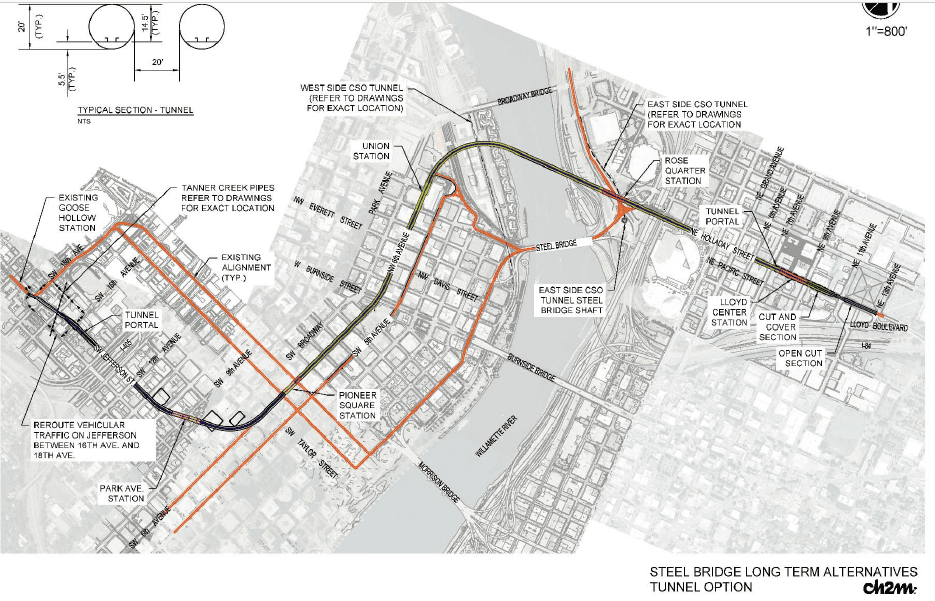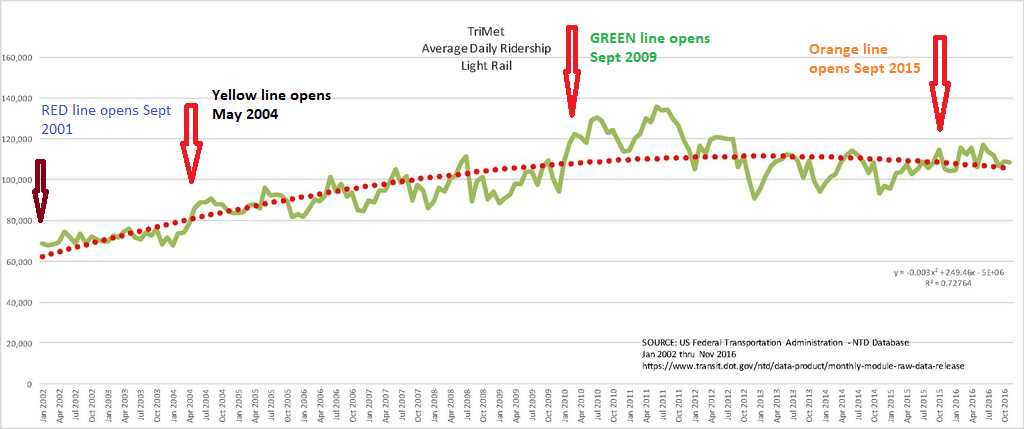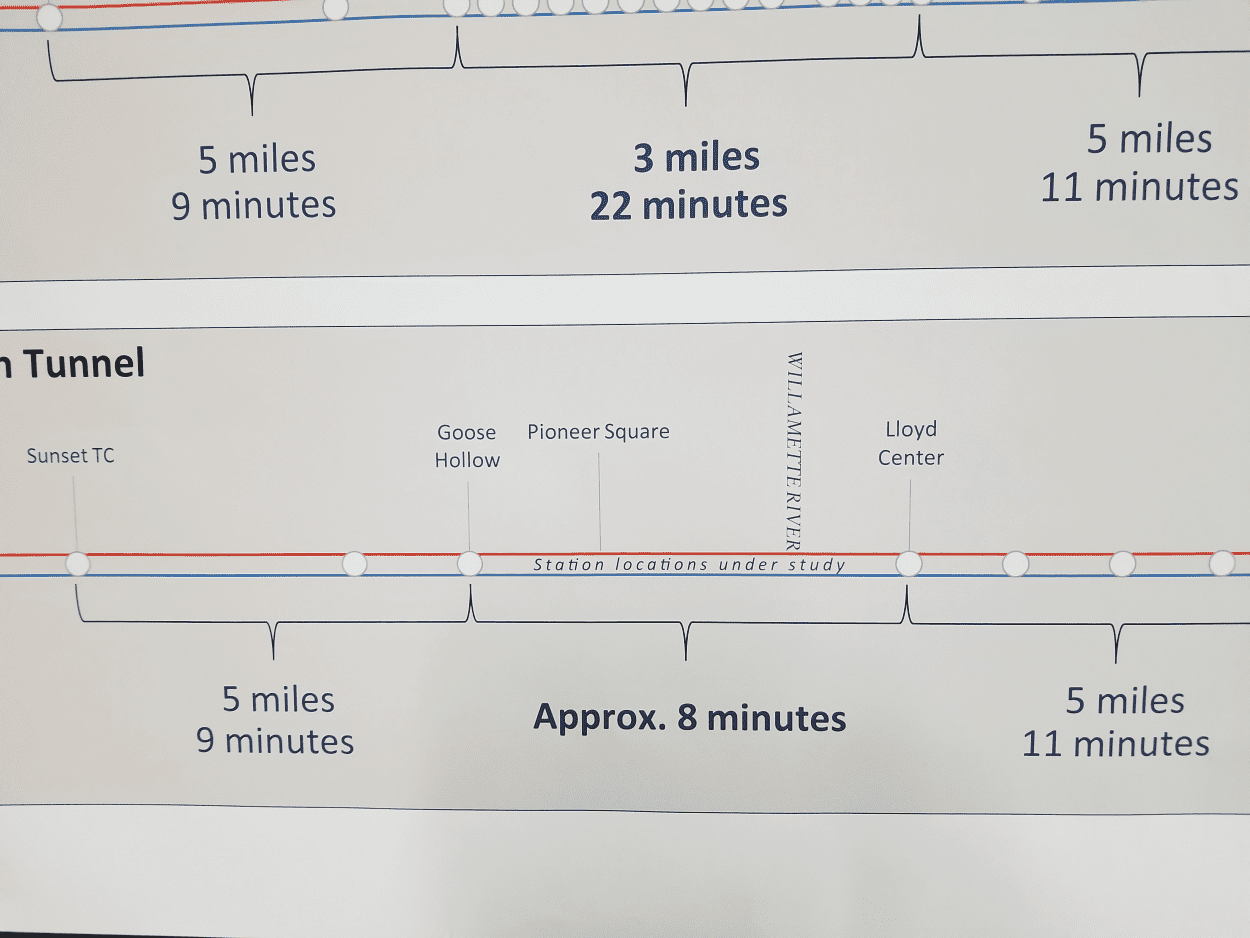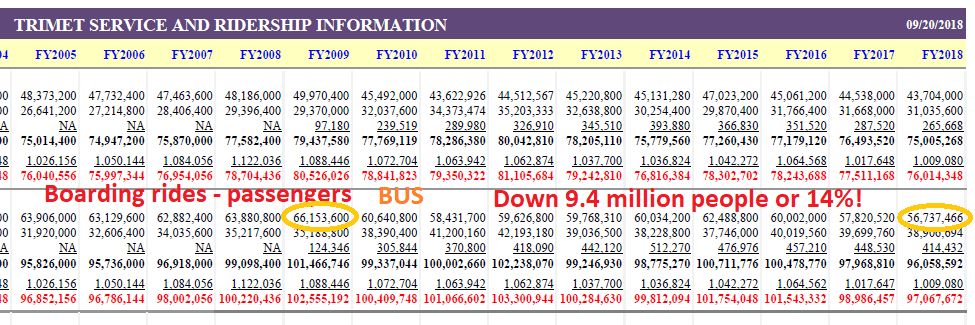Camas resident John Ley comments on TriMet’s push for a tunnel under the Willamette River

In the battle for more bridges and transportation corridors across the Columbia River, we often hear “experts” and politicians say, “there isn’t enough money” to do two bridges. They insist we must fix the Interstate 5 Bridge first.
The newest bridge in the region is the $1.5 billion Tillikum Crossing Bridge in Portland, which is for light rail, bikes and pedestrians. Now, TriMet and Metro are putting a $2 billion-plus light rail tunnel on the table, in addition to the $2.9 billion Tigard/Tualatin light rail extension.
TriMet’s MAX light rail system has two huge weaknesses. One is the Achilles heel – all MAX light rail trains use the 117-year-old Steel Bridge. The other – they can only put two cars in a train, due to the length of a downtown Portland city block. Both weaknesses were known and ignored in the original creation of Portland’s light rail system.

Metro and TriMet are now pushing for two tunnels under the Willamette River and under downtown Portland. It is one of four possible solutions under consideration, but by far the most expensive. At a Metro “open house” in July, a TriMet staffer told me the $2 billion price tag would be significantly higher.
The alleged “need” is saving time. Current MAX trains cross the Steel Bridge every 90 seconds during rush hour, 40 trains per hour. TriMet can’t expand current service and meet their 2040 expected demand of 64 trains every hour, using the current Steel Bridge.
One rightly should question the underlying assumptions – is there a legitimate need for a 60 percent increase in the number of MAX trains crossing the river?
TriMet reports bus passenger boarding’s peaked in 2009 and are down 14 percent, a decline of over 9 million boarding’s by 2018. Furthermore, light rail ridership peaked in 2012 with 35.2 million originating riders, losing 11 percent or 4.2 million originating riders by 2018.

More importantly, the decline in MAX ridership has occurred in spite of TriMet starting the Green Line in Sept 2009 and the Orange Line in Sept 2015. Today, ridership numbers are below the Sept 2009 level according to a Federal Transit Administration graphic, demonstrating that the addition of two new light rail lines added no new passengers.
The bottom line – will there be a need for 60 percent more trains crossing the Willamette River in 2040, given that MAX ridership has declined by over 10 percent in the last half decade? Probably not.
Time saved by eliminating stops
One of TriMet’s selling points for the expensive tunnel option is it will save “about 15 minutes” for riders using the tunnel. But how does the tunnel save time when it follows a similar winding route through downtown as the street-level MAX? By eliminating a dozen light rail stops in downtown Portland! How does that serve the people? MAX passengers with a downtown destination between Lloyd Center and Goose Hollow, will have to get off the “express” train and transfer to the “local” light rail train, adding time to their travel.
An honest, unanswered question is how much time would passengers save if TriMet eliminated those same stops on their surface light rail system? More importantly, is TriMet being truthful to taxpayers about “all” their future plans? The tunnel following existing MAX routing suggests future plans will add back stops (and travel time) at various downtown locations. How much more will that cost?
If TriMet had originally created a subway, or an elevated rail system like Chicago, they would not be limited to just two cars in a train. They would be able to expand passenger capacity by simply adding new cars to each train. Now that roughly $5 billion has been expended on light rail, they hope citizens won’t mind doubling down, $2 billion or more for two light rail tunnels under the Willamette, and $2.9 billion for the Tigard/Tualatin light rail expansion.
Taxpayers should put this in context. Last fall PEMCO reported 94 percent of Northwest citizens desire to use their privately-owned vehicles.
An April Oregon Transportation Commission survey found 51 percent of citizens want to “expand and improve interstates and interstate bridges;” another 14 percent want expanded arterials.
A January 2019 Metro poll showed the number one priority was roads and highways. They reported 31 percent of citizens want “widening roads and highways” as their top priority. The Portland Tribune summarized: “On its own, improving public transit is a lower priority than making road improvements and the more overarching goal of easing traffic — voters still overwhelmingly rely on driving alone to get around,” reads the poll’s conclusions.
The $2 billion tunnel dollars would pay for widening I-205’s Abernethy Bridge and adding 6 miles of freeway lanes to Stafford Road – $500 million. It would rehab the Morrison Bridge – $48 million, the Hawthorne Bridge $24 million, rehab the Burnside Bridge – $80 million. The funds would pay to widen US 26 from 4 to 6 lanes (Brookwood to Cornelius Pass) $26.5 million, and add auxiliary lanes to Hwy 217 in Beaverton $152.5 million. It would pay from an east country bridge crossing the Columbia River — $800 million, and add a lift-span to the BNSF rail bridge, eliminating 95 percent of Interstate Bridge lifts –$35.5 million. It would pay for a separate bridge from Delta Park to Hayden Island – $80 million; and much more in needed road and bridge repairs. (Data from Metro 2018 RTP).
The full $5 billion for the two projects would cover a significant part of a much needed westside bypass. Commissioner Roy Rogers says Washington County is “gridlocked” and needs a western bypass, first identified in 1970’s transportation plans.
Citizens want point-to-point service in either privately owned vehicles or Lyft/Uber vehicles. Regional transportation planners have failed to change citizens behavior with mass transit service, which continues its national decline.
Use the $2 billion MAX tunnel money to expand metro area roads and freeways; use it to build new transportation corridors including new bridges across the Columbia River. It’s been 40 years since a new transportation corridor was built (I-205). Serve the people and their transportation needs and desires.
Here’s a TriMet graphic showing the 14 light rail stops from Lloyd Center to Goose Hollow.

The Tunnel proposal eliminates the 12 stops between Lloyd Center and Goose Hollow, saving about 14 minutes.

TriMet Bus ridership drops.

Uber and Lyft carry a significant number of people in Seattle. Much more than taxis, as people “vote” with their money for point-to-point transportation service.
The Seattle Times reports in a Nov. 2018 story: “Every day in the Seattle region, Uber and Lyft provide more rides than:
• Sound Transit light rail (77,576 rides on a typical weekday).
• The population of Bellingham (89,045).
“The ride-hailing giants provided more than 91,000 rides on an average day in the second quarter of this year, according to ridership reports the companies filed with the city of Seattle. They are on pace to provide more than 31 million trips this year,” reported The Seattle Times.
John Ley is a Camas resident who is a proponent of responsive and responsible government.




